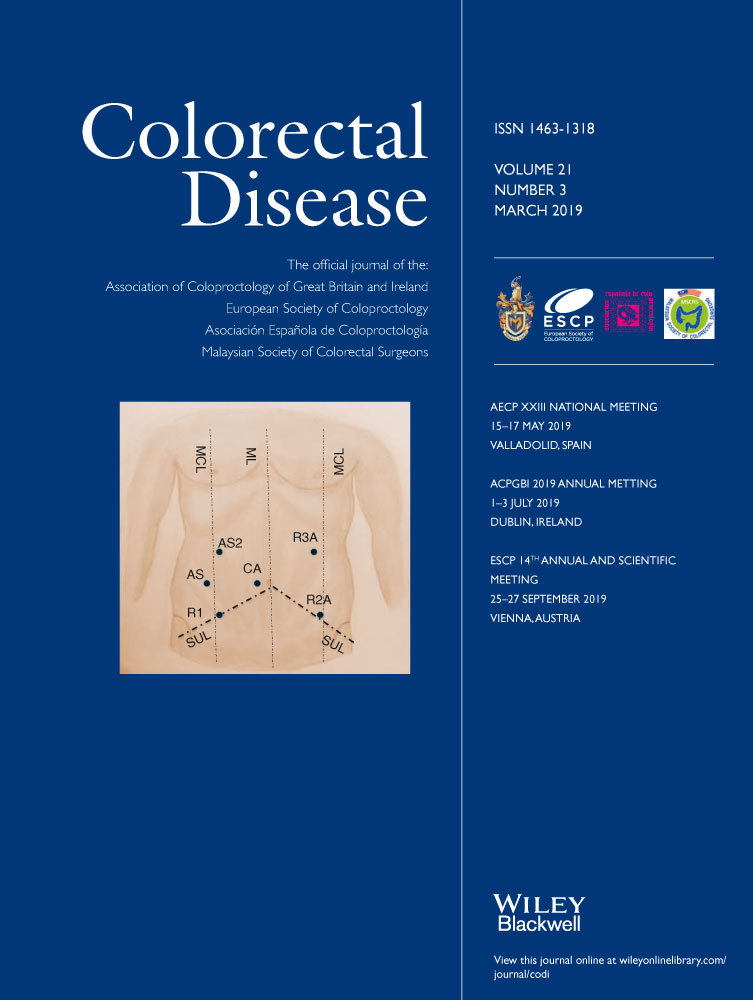Patients with extensive regional lymph node involvement (pN2) following potentially curative surgery for colorectal cancer are at increased risk for developing peritoneal metastases: a retrospective single-institution study
Abstract
Aim
Our goal was to determine the incidence and clinical behaviour of peritoneal metastases (PM) in patients with colorectal cancer undergoing potentially curative surgery, comparing patients with extensive locoregional lymph node involvement (pN2) with those who have serosal involvement (pT4), a known risk factor for developing PM.
Method
A retrospective analysis of a prospectively maintained database was performed. All patients with pT4 and pN2 were included in the analysis. The diagnostic criteria were the finding of PM during surgery with biopsy confirmation as well as imaging features suggestive of PM, including ovarian metastases and omental deposits.
Results
Two hundred and fourteen patients treated between May 2010 and October 2015 were included. Of these, 110 (51.4%) had pT4 and 131 (61.2%) pN2 tumours: 17.2% of patients with pT4 tumours and 20.2% of patients with pN2 tumours developed PM (P = 0.53). The median time to detection of PM was 16.6 months and 11.8 months for pT4 and pN2 tumours, respectively. PM were isolated in 51.8% of patients with pN2 tumours. Nonperitoneal metastases developed in 37.5% of patients with pN2 tumours. In pN2 tumours, the incidence of PM was higher in signet ring cell and mucinous tumours (P < 0.01), positive surgical margins (P = 0.02), colonic versus rectal tumours (P = < 0.01) and right colon primary tumours (P = 0.01).
Conclusion
Patients with pN2 tumours are at an increased risk of developing PM, which is similar to the risk in pT4 tumours. pN2 tumours should be included in clinical trials evaluating preventive/proactive strategies. There is a need to identify predictive biomarkers for the development of PM versus other sites of metastasis.




